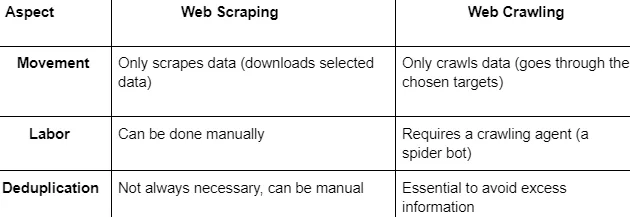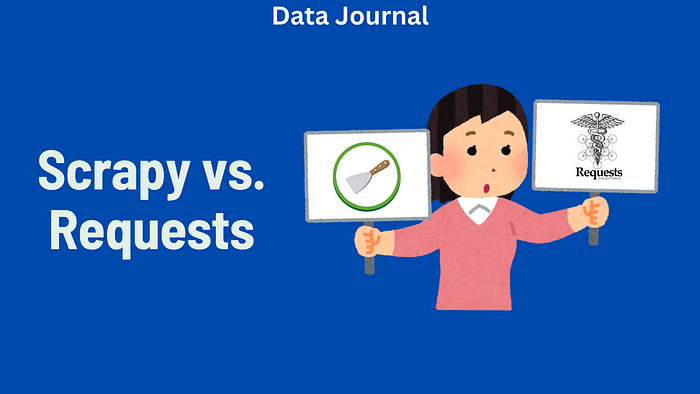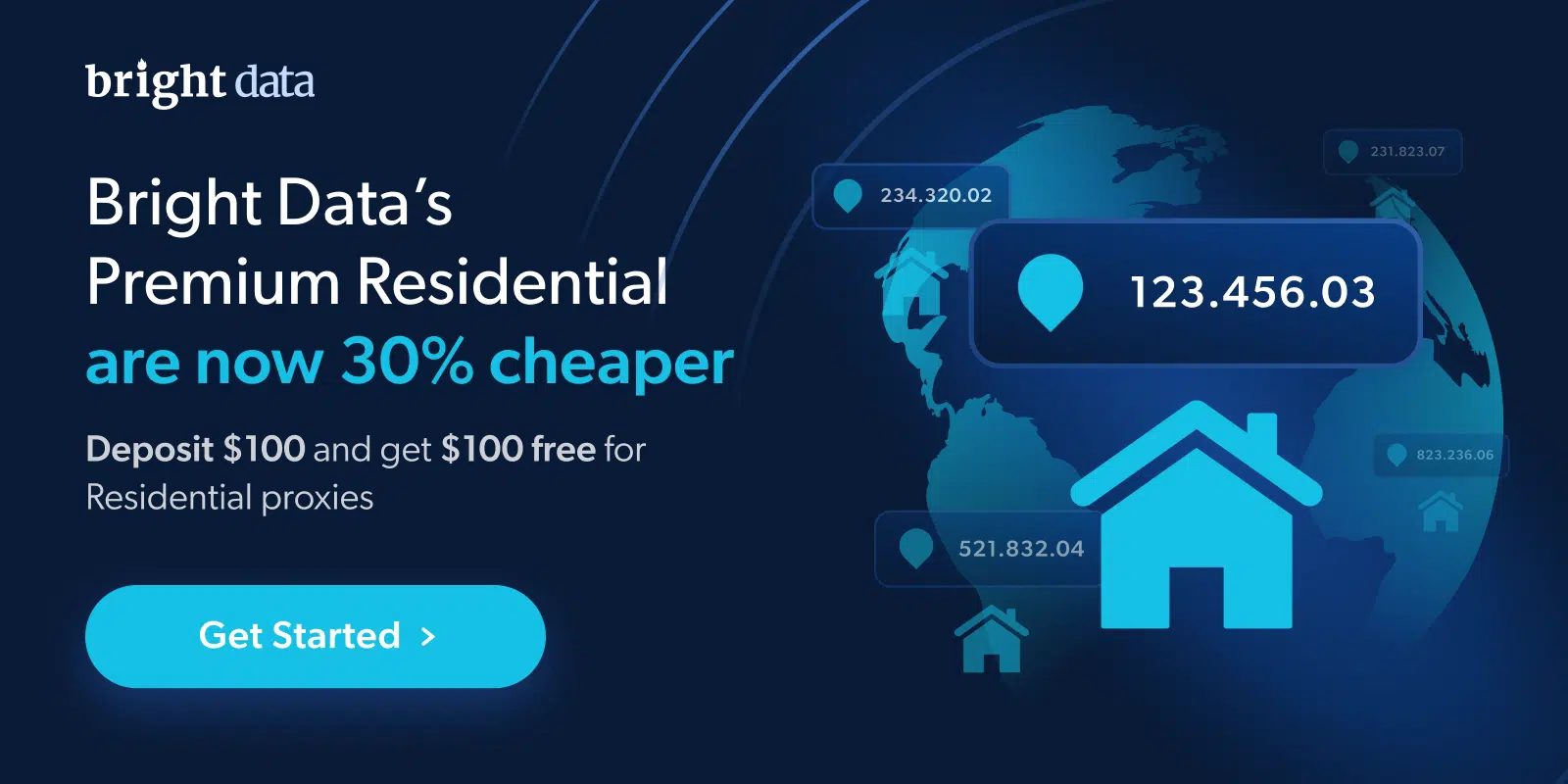Web Crawler vs. Web Scraper: What’s The Difference?
Web scraping and web crawling might sound similar, but they’re different. Web scraping is when you collect specific data from websites. However, web crawling is about going through the internet to see what’s there, like walking around a forest to know its paths. These processes are important for businesses because they help them understand and use vast amounts of information online.
Let’s explore more about how they work and what makes them different.
A Quick Answer
In simple terms, when I talk about web scraping, I’m referring to taking data from a website, and web crawling is about finding links or URLs online. It’s like taking notes from a book you need information from. On the other hand, web crawling is about finding the web pages or links I want to explore. It’s like making a list of the books I want to read.
While they might seem similar, there are important differences between the two. But they’re pretty much a team. They work together in the process of collecting data. Usually, if I do one, I’ll do the other too. It’s like first deciding which books are worth my time and then going in to take the notes I need.
What is Data Scraping?
Data scraping is when you collect information that everyone can see. It’s not just from the internet; it can also be from files on your computer. You take this information and save it into a file on your computer. Sometimes, you may send this information to a different website. It’s a useful way to get information from the internet, but the interesting part is, you don’t always have to be online to do it.
What is Web Scraping?
Web scraping means you find information online that everyone can see and then save on your computer. You need to be connected to the internet to do this. You can use special tools like a Python program or a service called Web Scraper API to make it easier.
What is Crawling?
Web crawling, also known as data crawling, is about gathering data. This can be from the internet or any document or file. It’s usually done on a large scale and needs a unique tool called a crawler agent.
Python developer Bernardas Alisauskas gives us a simple way to understand what a crawler does. He describes a crawler as “a program that finds web pages and downloads what’s on them.” He says a crawler looks for two things online:
- The specific information the user wants
- More places on the web to collect data from.
Here’s how crawling a website might go:
- The crawler starts at a website you choose, like http://example.com.
- It looks for pages about products.
- Then, it collects details about these products, like their prices, names, and descriptions.
The information gathered by the crawler is then saved, and this step is what we call web or data scraping.
Crawling vs. Scraping
When we talk about the difference between web scraping and web crawling, it’s all about their actions and how they do it. Here’s a simple way to see the main differences:
Crawling is when you go through various parts of the internet, like clicking website links. It’s like exploring different areas to see what’s there.
Scraping happens after you find the data you were looking for. This is when you take that data and save it onto your computer or another place you choose. It means you already know what you want and take it. Often, what you scrape includes product details, prices, titles, and descriptions.
While crawling and scraping are different, they usually work together to collect data from the internet. Crawling helps you find the data; scraping is how you take and save that data.
Let’s break down the differences in a table:

In simple terms, web scraping is about saving specific data, while web crawling is about exploring different places online to find data. Scraping can be done manually, but crawling needs a unique tool. Scraping doesn’t always need deduplication, but crawling often does it automatically.
Data Scraping for Business
Data scraping is super important for growing my business. It helps me understand my customers better and make smarter decisions. According to experts, companies like mine that use data well are more likely to get new customers and keep them happy. Plus, they make more money!
Every year, many businesses are getting smarter with data, growing about 30% on average. By 2025, they could be making way more money than their competitors.
I can use data scraping in many ways to improve my business. I can check out what my competitors are doing and set prices that work for me. It’s also helpful for marketing and sales, like finding new customers and seeing what people like online. When making new products, I can check other websites for ideas and see if my products are in stock.
Keeping an eye on my brand and risks is essential. I can use data scraping to ensure my ads work and that people say good things about my brand. When I’m making plans for the future, I can use data scraping to see what’s trending and what’s happening in my industry.
But it’s not just about scraping data, I also need to make sure my website shows up on search engines. That’s how people find me online! So, I need to make sure my website is easy for search engines to see and understand. That way, more people can find my business, and I can grow even more.
Conclusion
Understanding the differences between web crawling and web scraping has become clearer. Crawling involves browsing through data while scraping involves downloading that data. If it’s related to the web, it involves the internet, but if it’s about data, it doesn’t always need the internet.
Data scraping is crucial for businesses to acquire customers or grow revenue. As companies increasingly rely on the internet for intelligence, businesses will need to scrape more data to stay ahead!








